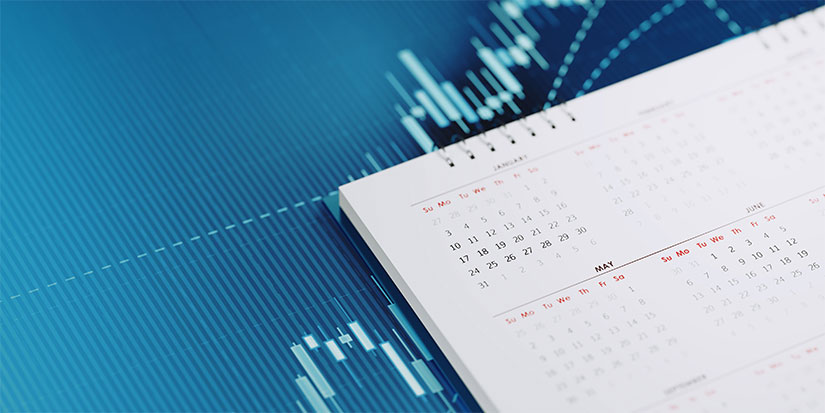Defending my love of dividends consumes a lot of my time. Sometimes I’ll pull out my track record. Other times I explain how owning boring and stable dividend stocks means I spend less time watching and worrying about them.
That’s my favorite feature of dividends. My money works for me while I’m out enjoying the Florida sun.
Our Bedrock Income holdings include uneventful consumer staples and other companies that continue to rake in profits simply because the world goes round. We can hold them for years or decades. We even expect to hold our Current Yield positions for at least a year.
Markets go up and markets go down. Overall, as dividend investors, our stocks are stable through it all. We collect our dividends like clockwork.
But you might have missed a piece of very important news. It changed the workings of the entire market. And it will affect whether or not you are eligible for your dividend payments.
The Market Catches Up with the Times
The holiday weekend marked a shift in how the market functions. Prior to last week, the stock market has operated using a T+2 settlement model. The “T” stands for transaction or trade date. The “plus 2” indicates the settlement date—the date the trade becomes official—is two trading days later.
This has been the market standard since 2017 when it was shortened from T+3. That happened again last week. Now the settlement standard is officially T+1. This applies to stocks, bonds, ETFs, certain mutual funds, municipal securities, REITs, and MLPs. All these securities must be settled by the end of the next business day.
John Nachmann, FINRA’s general counsel, noted that “one of the main benefits of the shortening of the settlement cycles is the reduction of risk in the securities market. The shorter the time between execution of a trade and its settlement, the less the chance that there will be an event that affects the transfer of cash or securities.”
The market is finally catching up with technology and investor need. It’s as simple as ever to make a trade on your smartphone. Both the funds and the hypothetical stock certificates are all there in digital form. So why not make the whole process quicker.
And when you sell, you’ll have quicker access to your money.
Most investors won’t notice the change, even though it applies to every stock trade. But they could. For example, if you use an ACH (automated clearinghouse) transaction to pay for a stock, the stock trade might settle before the funds are available. The shortened deadline could mean more planning if you don’t have margin available.
But the main reason I’m writing you about this change is what it means for our dividend stocks. Specifically, how to know if you’re eligible or not to receive your dividends.
All Dividend Investors Should Know These Dates
There are four important dates that dividend investors should know.
It starts with the Declaration Date. That’s when the company announces the amount of the next dividend, the Payment Date, and the Record Date.
The Payment Date is just that, the date the dividend will hit your account.
The Record Date tells us if we are eligible to receive the payment. Your trade must be settled by the record date to qualify.
Under the prior T+2 settlement, you needed to purchase your dividend stock at least two days prior to the record date. The day before the record date was the Ex-Dividend Date. It was the first day you would not be eligible to receive the dividend as the trade would have settled after the record date.
Understanding the new Ex-Dividend Date ensures you know if you are eligible for the dividend. Plus, the share price usually drops on this date by the amount of the dividend. So, this can help time when to buy or sell a dividend stock.
The new T+1 settlement lets you buy a stock up to the day before the record date and still receive the dividend. The Record Date and the Ex-Dividend Date are now the same.
I’ve shown this graphic here before, and have updated it so you’ll have a handy reference.
Remember, to find these important dates for any dividend stock, a dividend press release can usually be found on the company’s investor relations page. Or Google the company name with “dividend press release.”
We all love to see those dividends hit our accounts month after month or quarter after quarter. So, make sure you understand the new settlement rules so you get every payment you expect and deserve.
For more income, now and in the future,





